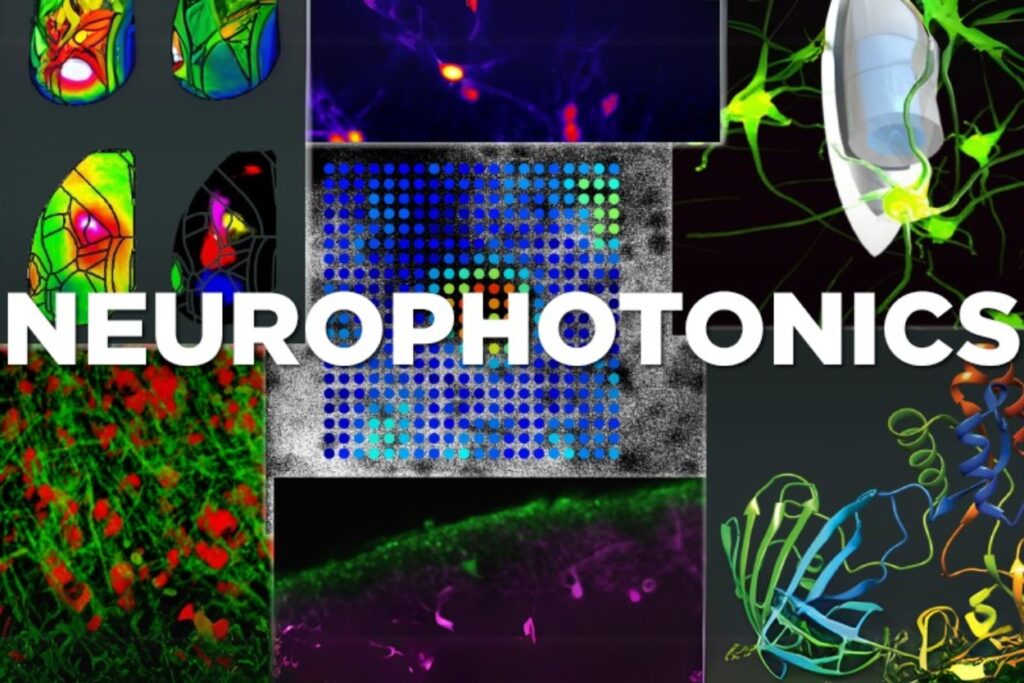Review on the use of fNIRS+iVR
A team of researchers led by Dang Khoa Nguyen has published a review of research on iVR+fNIRS setups. The aim of the article is to provide a comprehensive overview of research in this area, covering different device types, stimulation approaches, data analysis methods and key scientific findings. Through the selection of one of our studies, and citations, our aim is to present the possibilities of Photon cap integration in terms of the solutions presented and future trends.
1. fNIRS+iVR2
For example, Zapała et al. (2008) designed attention and working memory tasks in iVR and reported a higher accuracy in distinguishing users’ attention state and resting state with fNIRS-measured PFC signals compared with previous studies that did not utilize iVR. Conversely, iVR-fNIRS could facilitate the study of attention and cognition-related deficits through controlled distractions.
Commentary: In this study, we illustrate how changes in the hemodynamic signal were translated into real-time feedback in one of our neurofeedback studies conducted in an integrated fNIRS+iVR environment. We used Cortiview to transfer data to the Open Vibe software using the Lab Streaming Layer (LSL) protocol. The resulting classifications were then used to adjust feedback in the Unity environment.
We used a traditional cognitive experiment (n-back task) to use the recorded data as a signal for classification by machine learning algorithms. For more details on the integration of neurofeedback with the fNIRS Photon Cap in a VR environment, see our paper. Click here to delve deeper into our research.
2. Integrable eco-system
Among the commercial VR HMD models, the most frequently used were the HTC Vive (HTC Corp., New Taipei, Taiwan), featured in 31% of the studies, and the Oculus Rift (Meta Platform Technologies, Menlo Park), employed in 28% of previously published work.
Commentary: The Photon Cap is fully integrated and tested with the two most popular VRs. This guarantees that the device does not interfere with the hemodynamic signal recorded by the photodetectors on the surface of the skull.
3. Interactivity
Conversely, interactive iVR tasks involved a higher degree of user interaction within VR, including object manipulation, action execution, and the ability to control/influence the course of events using additional hardware such as VR controllers. Those tasks were often employed in studying user behavior (e.g., in neuropsychological studies), as well as cognitive control.
Commentary: Active action during tasks involving cognitive control or motor imagery provides greater interactivity with the prepared interface. Such solutions can be used in neurofeedback related research.
4. Experimental environment under full control
Most iVR-fNIRS studies that utilized in-house developed iVR tasks or stimuli opted for the open-source Unity 3D engine (Unity Technologies, San Francisco) and used C# programming language.. This is potentially because of its cross-platform compatibility with various types of VR headsets, including those manufactured by Oculus and HTC; its user-friendly development interface that includes pre-packaged virtual object assets and templates; and the abundance of supportive resources available to developers
Commentary: Our ecosystem gives you full control over experimental stimuli in a distractor-less environment. Free from the influence of uncontrolled variables, you get a freedom to design a procedure.
5. Variety of applications
iVR-fNIRS has been employed in cognitive neuroscience research, offering insights into the neural correlates of various processes including cognitive control, prospective memory, working memory, and attention.
Commentary: The use of VR in any area of research allows for a wealth of possibilities and creativity in developing new solutions.
Bibliography:
Peng, K., Moussavi, Z., Karunakaran, K. D., Borsook, D., Lesage, F., & Nguyen, D. K. (2024). iVR-fNIRS: Studying brain functions in a fully immersive virtual environment. Neurophotonics, 11(2), 020601. https://doi.org/10.1117/1.NPh.11.2.020601
